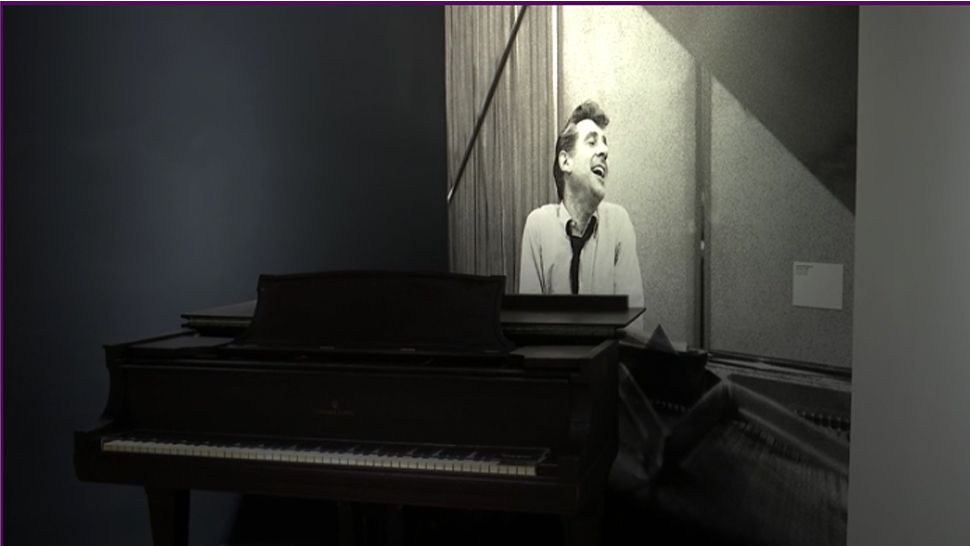COLUMBUS, Ohio—A piece of Ohio’s ancient history is on the auction block this weekend and conservationists are hoping to raise enough money before then to help preserve it.
- A Butler County doctor and others are working to save the earthwork, which was built by the Hopewell culture more than 1,000 years ago
- On Saturday, the land will be auctioned to the highest bidder
- The Archaeological Conservancy, along with public and private donations, have raised nearly enough money to allow the Conservancy the right to manage and preserve the site and protect it from development
A Butler County doctor is among those working to save the earthwork, built by the Hopewell culture more than a thousand years ago.
Fortified Hill is one of six earthworks within a 6-mile stretch of the Great Miami River and held cultural significance for the Hopewell people.
“It's something that we can save. And I think we should,” said Hamilton physician and conservationist Dr. Jeffrey Leipzig.
Leipzig wants to preserve the area to honor his friend and mentor, the late Dr. Louis Barich, who owned some of the land where the earthwork sits.
“Before he died he would tell me that he wanted it turn into a park or some kind of a special site. When he died this past winter, unfortunately, he didn't specify in his will that that take place. And I found out about that and I decided I wasn't going to let that happen,” said Leipzig.
In just the past several months, Dr. Leipzig reached out to Bob Genheimer, the curator of Archaeology at Cincinnati Museum Center, someone just as passionate about the conservation project.
“Nothing has even been done to it except a bit of cultivation. That's really hard to find, and that's one of the reasons why we wanted to preserve it. And not only just for us, for archaeologists, and the public, also Native Americans. They want access to this as well," said Genheimer.
But this Saturday, the land will be auctioned to the highest bidder.
There is concern that the rolling architecture of the landscape could be developed and its historical significance could go away.
The Archaeological Conservancy, a national non-profit group, along with public and private donations, have raised nearly enough money that would allow the Conservancy the right to manage and preserve the site and protect it from development.
“We believe that we could actually win this at auction. The more dollars that we can raise, the more that we can come at auction with a significant amount of dollars to save this site—just the more special it will be for everyone,” said Leipzig.
“All of this area from Cincinnati, all the way up to Cleveland. All of this was native land at one time. And it’s important to recognize that, continue to keep that a part of the history and not change the narrative,” said Executive Director of the Greater Cincinnati Native American Coalition Jheri Neri.
“These were, in fact, places for people to gather and share, share cultures, share food, share just time. So, this is a very special place. Probably also a place of healing," said Education Coordinator for the Greater Cincinnati Native American Coalition April Hester.
Leipzig believes it will take well over a million dollars to make sure the prehistoric earthworks will be preserved for generations to come, but that its significance is priceless.
“Money just doesn't make people happy. This place will make people happy. It will make people understand the cultural, the historical, the environmental significance of this site... it's just gonna just bring joy to many, many people,” said Leipzig.
You can donate to the Archaeological Conservancy here.









